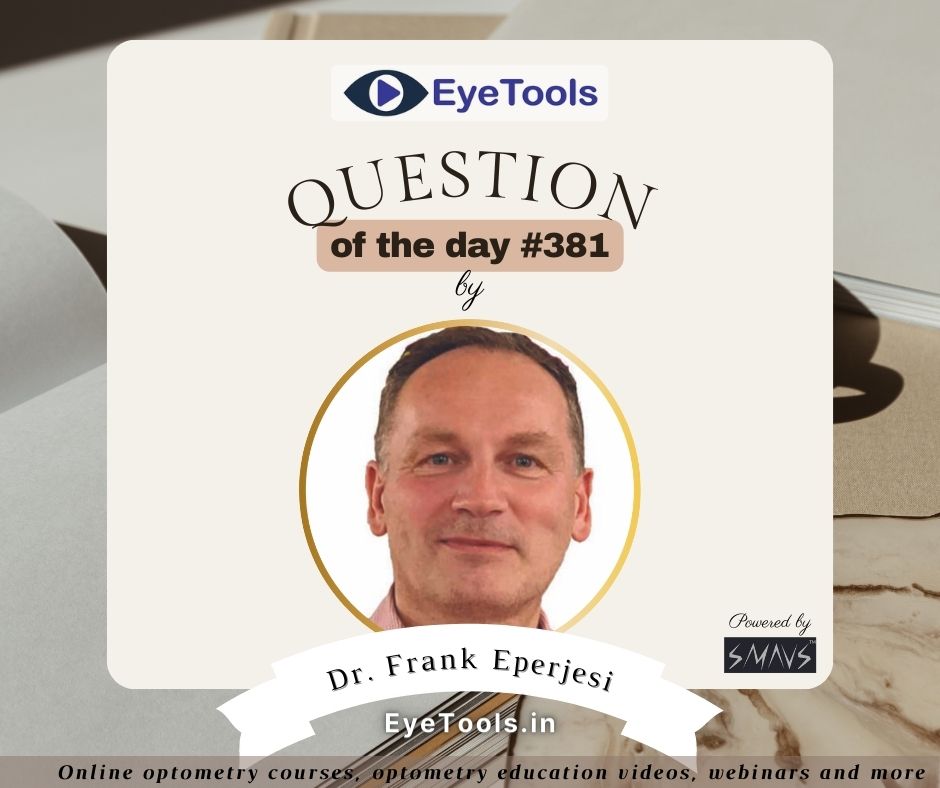
Welcome to question of the day #381
Eyetools question of the day #381
I’ve been travelling in Central and Southern Europe recently and it has been hot and sunny. Even more than usual. My own surveys of the people around me on the beach indicate that around 20-30% of adults wear sunglasses which in my opinion is a low number. Where things become even worse is my survey of children (16 years old or younger) wearing sunglasses. The figure is around 1%. This is a disaster.
It became apparent to me recently the damage the sun has done to my skin, especially on my arms. Not wearing sun protection cream during my childhood (my parents tried their best) and my teens have led to this damage. I wear sun protection cream now and sun-protective clothes but I fear the damage has been done.
Take a look at the first photograph which is of my upper forearm and the second photograph which is of my lower forearm. My upper forearm has been exposed to years of sun and is damaged. Pigment in my pigment epithelium has migrated to form pigment clumps and this created white patches where there is no pigment. When stressed pigment cells move. My lower forearm has had much less exposure and is much healthy. The same process is going on inside the eye in the macula and retina in general. Chronic sunlight exposure causes retinal pigment epithelial cells to move to cause the hyper and hypopigmented appearance which is a precursor and also part of age-related macular degeneration.


In case you are thinking that people with dark skin are protected from retinal sunlight damage because they have more retinal pigment epithelium then you are thinking wrong. We all have the same amount of retinal pigment epithelium no matter how much skin pigment we have. People with dark irises do have more protection from retinal sun damage when compared to those with pale irises because the more pigmented pupil prevents light from passing through the iris and entering the eye. Of course, sunlight exposure also causes cataracts, pinguecula, pterygium, and lid margin basal cell carcinoma. Reducing ocular conditions caused by chronic sunlight exposure is beneficial to the person’s long-term eye health and this is a conversation we should have with people who are exposed to high levels of sunlight exposure even if it is for a few days per year.
Parents should be encouraged to wear prescription sunglasses or plano sunglasses and if they wear them then their children are more likely to wear them. Sports bands can help keep the sunglasses in place.
The answer to the question is that no child is too young to wear sunglasses and the sooner they start the less likely they are to develop a sun-related eye condition.



1.jpg)



.jpg)
.jpg)



_(Instagram_Post).jpg)
.jpg)
_(1080_x_1080_px).jpg)


with_UP_Cabinet_Minister_Sh_Nand_Gopal_Gupta_at_OpticsFair_demonstrating_Refraction.jpg)
with_UP_Cabinet_Minister_Sh_Nand_Gopal_Gupta_at_OpticsFair_demonstrating_Refraction_(1).jpg)

.jpg)








.jpg)



.png)




